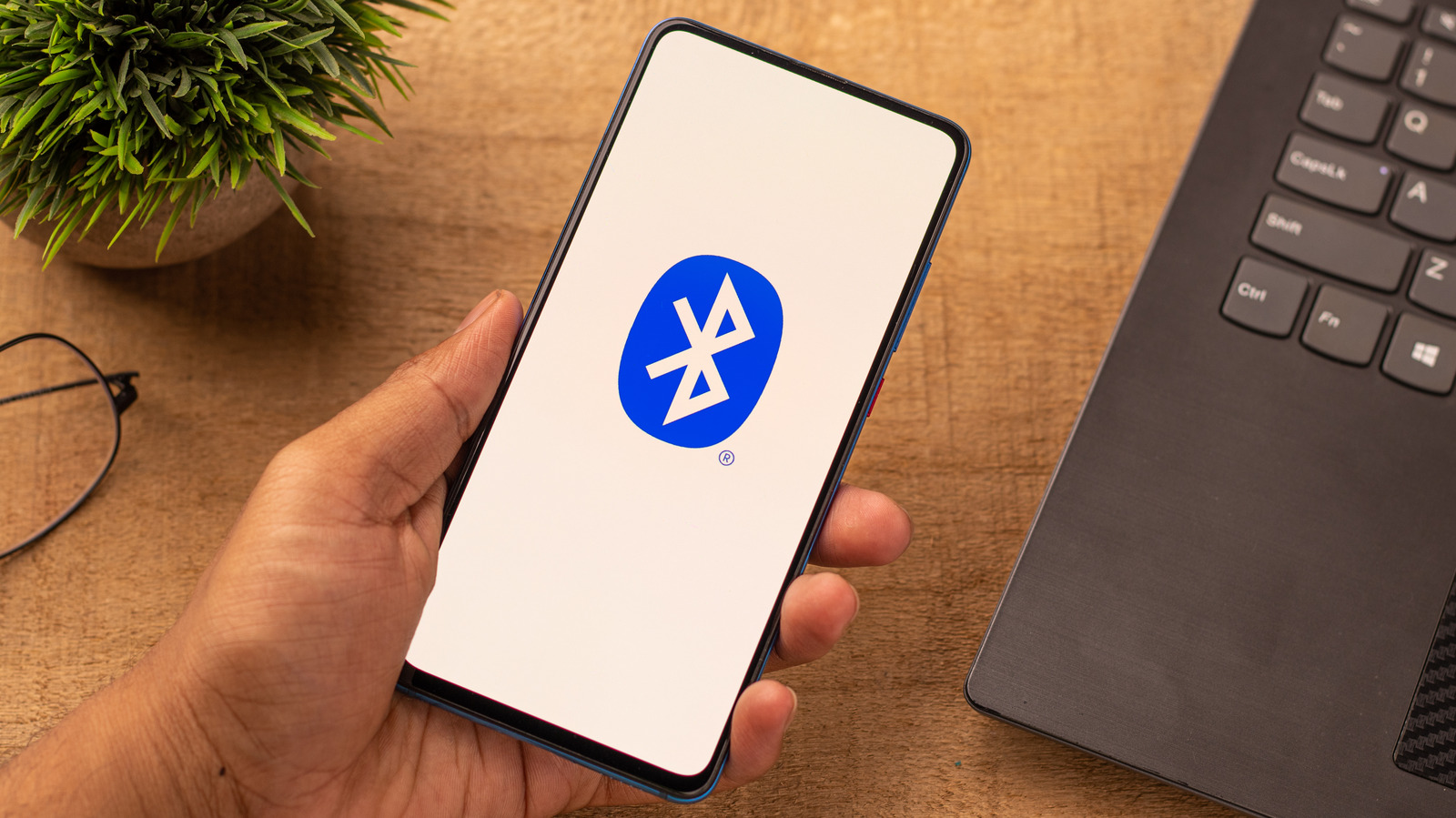Bluetooth technology can be a modern discovery, but the story behind the name and logo everywhere reaches time back, linking the past to the present.
It’s easy to just accept that smartphones can play music on wireless speakers, laptops can print documents without being physically connected to the printer, and friends can divert images between iPhones together. Although it’s almost impossible to imagine life without this conver
In 1998, the Bluetooth Special Interest Group (SIG) was formed by Ericsson, IBM, Intel, Nokia, and Toshiba. A year later, Bluetooth 1.0 specifications – First Short-Range Wireless Standards – Released, and Sporting Consumer Products The New-New Features are followed shortly after. Some of the first Bluetooth enabled devices include cellphones, PC cards, computer mice, and headsets. At present, thousands of devices from hearing aids to cars and refrigerators are equipped with technology, at one point in time, it looks almost magical.
In the mid-1990s, several companies simultaneously raced to develop revolutionary new wireless technology called short-distance radio links. At that time, Swedish engineer Sven Matston worked for Ericsson, and American Jim Kardach functions as a cellular computing engineer in Intel.
Matson, Kardach, and engineers from several other companies gathered and presented their standards and ideas that competed in a seminar in Toronto in the late 1990s. In the first story of Bluetooth history published on its website, Kardach said, “… Matson and I present a meeting at RF Sig’s house that took place at Toronto Canada. I presented Biz-RF, and Sven served MC-LINK. We accept Warm Luke reception from our confusing proposal, and now I realize that we need code names for projects that everyone can use. “
It was after the seminar that Matston and Kardach went to the local bar to have a few beers. While suggesting a felt failure, the two men began to talk about Viking’s history. Coming from Sweden, Matston suggested Kardach read the famous Swedish history novel about the sailor fighters from Scandinavia called “The Long Ships,” written by Frans Gunnar Bengtson.
This novel includes King Harald Gormsson, which is known for bringing together various Danish and Norwegian tribes under one ruler. Many Viking leaders have a very imaginative nickname, and King Harald is “Bluetooth.” Some historians claimed he received this moneriker because he had died teeth or “blue”, while others said he liked to eat blueberries or licorice so that his teeth teeth are blue. The truth is, no one knows for sure.
What Matston is known and Kardach likes the symmetry they find. The King Viking brings unity and communication to various groups of people, and their discoveries try to do the same with different electronic devices. Thus, call it “Bluetooth” to honor King Harald seems right.
According to the official Bluetooth page “about us”, the name should be temporary until the marketing department can create something smarter. They finally decided on “radiowire” and “pan” (private area network), but “PAN” was taken, and the complete trademark search for “Radiowire” could not be finished before it was launched, so they were stuck with “Bluetooth” for a while. This term proved popular, and immediately switched from the temporary code name to the official term for technology.




Average Rating